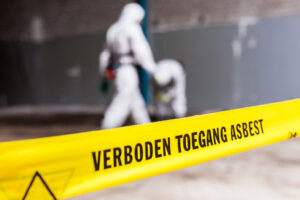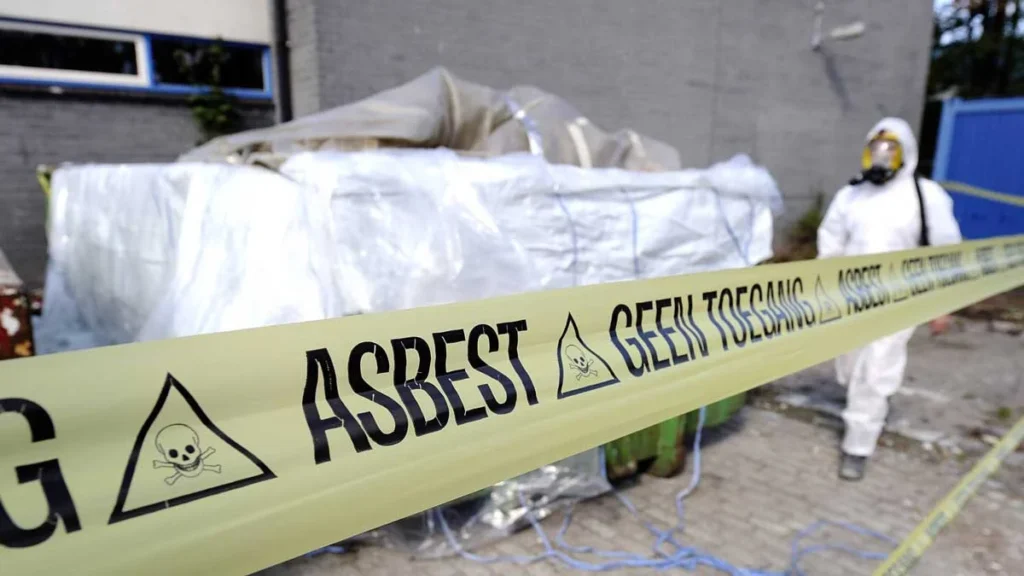In today’s world, we are constantly surrounded by materials that contribute to the construction and durability of buildings. However, not all of them are safe. One such silent yet dangerous material is Asbestlint. While the term may be unfamiliar to many, its presence poses significant health risks and environmental concerns. This article dives deep into what Asbestlint is, where it can be found, why it’s dangerous, and how individuals and organizations can protect themselves from its effects.
What Is Asbestlint?
Asbestlint is a term used to describe fine, airborne fibers or particles resulting from materials that contain asbestos. Unlike visible asbestos insulation or tiles, Asbestlint is microscopic and easily inhaled. It can linger in the air of old buildings, renovation sites, and industrial areas, making it especially hazardous in enclosed spaces.
While asbestos itself was once praised for its fire-resistant and insulating properties, we now understand that its fine fibers, when inhaled, are a major cause of serious health conditions. Asbestlint is essentially the invisible threat carried in the air that contains these harmful asbestos particles.
Where Can Asbestlint Be Found?
Asbestlint can be present in many places, especially in older buildings that were constructed before the 1980s. Some common sources include:
-
Ceiling tiles and insulation
-
Pipe coverings and boilers
-
Roof shingles and siding
-
Flooring materials
-
Fireproof textiles and cement products
It becomes airborne particularly during demolition, remodeling, or even natural wear and tear over time. Even in places where asbestos materials appear undisturbed, minor damages can release Asbestlint into the air, putting occupants at risk.
Health Hazards Linked with Asbestlint
The primary danger of Asbestlint lies in its invisibility. People might inhale or ingest it unknowingly. Once inside the body, these tiny fibers can remain lodged in lung tissues or the abdominal lining for decades, leading to severe illnesses. Some major health risks include:
• Asbestosis
A chronic lung condition caused by prolonged exposure to asbestos fibers. It leads to scarring of the lung tissues, causing shortness of breath and fatigue.
• Mesothelioma
A rare but aggressive cancer affecting the lining of the lungs, heart, or abdomen. It’s almost exclusively linked to asbestos exposure and often diagnosed at advanced stages.
• Lung Cancer
Regular exposure to Asbestlint significantly increases the risk of lung cancer, especially among smokers.
• Pleural Disorders
These include pleural plaques, pleural thickening, and fluid buildup around the lungs, all resulting from asbestos fiber exposure.

Recognizing the Signs of Exposure
One of the challenges with Asbestlint exposure is the long latency period. Symptoms often appear decades after the initial exposure. Common signs that may indicate asbestos-related health issues include:
-
Persistent coughing
-
Difficulty breathing
-
Chest pain
-
Fatigue and weight loss
-
Frequent respiratory infections
Early detection is crucial, but it’s difficult because the symptoms often mimic other illnesses. Therefore, if there’s any chance of past exposure to Asbestlint, routine medical checkups are highly recommended.
How to Stay Safe Around Asbestlint
Due to its severe health impact, preventing exposure to Asbestlint should be a priority, especially for construction workers, renovators, and property owners. Here are some key precautions:
• Professional Testing and Removal
If you suspect the presence of asbestos in your home or building, never attempt to remove it yourself. Hire licensed asbestos abatement professionals who can safely test and eliminate it.
• Use of Personal Protective Equipment (PPE)
Workers in high-risk environments must use PPE like respirators, disposable coveralls, and gloves to prevent inhalation or contact.
• Follow Safety Regulations
Many countries have strict laws regarding the handling and disposal of asbestos. Following these regulations ensures safety and legal compliance.
• Air Quality Monitoring
In buildings suspected of Asbestlint presence, regular air quality checks help identify contamination levels and act before it’s too late.
Legal and Regulatory Awareness
Due to the well-documented risks of asbestos, many countries have banned its use or heavily regulated its presence in buildings. Property owners and contractors must be aware of:
-
Building codes and safety laws
-
Asbestos inspection requirements before renovation
-
Proper training and certification for asbestos handling
Failure to comply with regulations can lead not only to health hazards but also heavy fines and legal consequences.
The Environmental Impact of Asbestlint
Asbestlint doesn’t only affect human health—it also poses environmental risks. Improper disposal can contaminate soil and water, harming wildlife and surrounding communities. This is why regulated disposal and environmental controls are necessary during demolition and waste management.
The Future: Moving Beyond Asbestos
With increasing awareness, modern construction now prefers safer alternatives to asbestos-containing materials. Materials like fiberglass, cellulose insulation, and thermoplastics are replacing traditional asbestos products. However, Asbestlint will remain a concern for decades due to the existing buildings still harboring this hidden danger.
The key to a safer future lies in:
-
Educating the public and workers
-
Updating infrastructure with asbestos-free materials
-
Encouraging governments to enforce and strengthen safety laws
Conclusion
Asbestlint is not just a word—it represents a very real and invisible threat that still lurks in many buildings and industrial areas around the world. Understanding what Asbestlint is, where it comes from, and how to protect ourselves against it is critical for both our health and safety. Whether you’re a homeowner, tenant, or construction worker, staying informed and vigilant is the first step toward creating a safe, asbestos-free environment.
Staying ahead of this silent hazard requires action, awareness, and responsibility—from individuals and institutions alike.


